
French Lop
French Lop
French Lop
“French Lop” is a breed of domestic rabbit that is known for its droopy ears and plump and round body shape. Although there are several other breeds of lop-eared rabbits, French Lop is considered the largest of them all. While small rabbits like Holland Lop are also cute, French Lop looks like a giant stuffed animal! Why not explore its hidden charm?
French Lop Basic Infomation
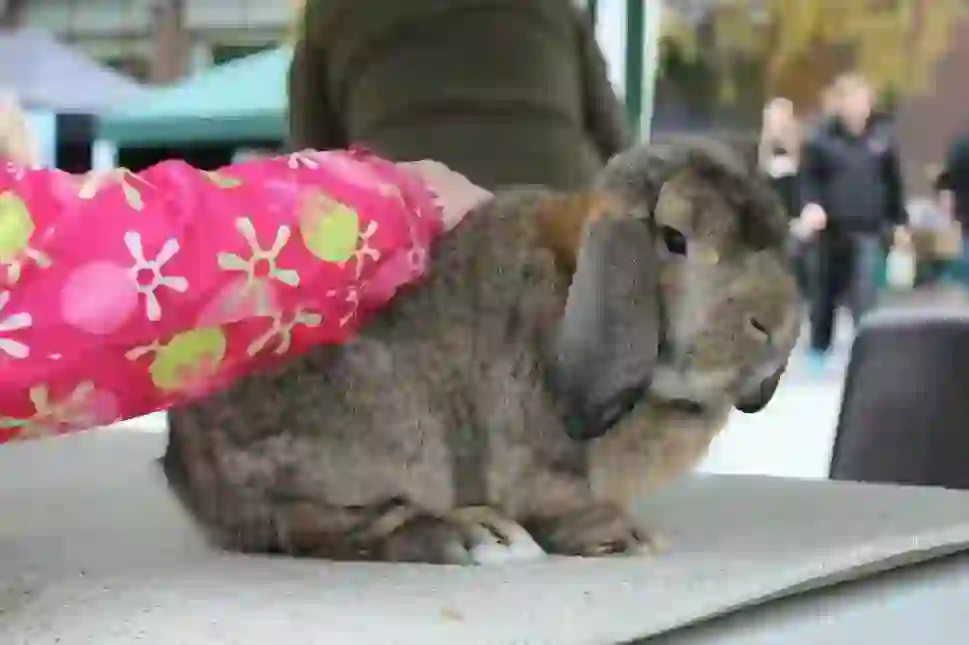
Country of origin France.
Senior / male More than 8 months and more than 4.76 kg.
Senior / female More than 8 months and more than 4.99 kg.
Intermediate / male 6~8 months less than 5.22kg.
Intermediate / female 6~8 months less than 5.44kg.
Junior / male, female Less than 6 months less than 4.76 kg Minimum weight 2.38 kg. ※American Rabbit Breeders Association (ARBA) standards.
According to the source, a rabbit called the French Lop was created in the 1850s by a breeder living in France who wanted to create a rabbit larger than the English Lop .
The breed was created by crossbreeding English Lops with a large breed of rabbit called the Butterfly Rabbit, which looks similar to the Flemish Giant but has a shorter body.
It became popular in England and other countries between 1850 and 1910 and was known as the “King of Fancy” at that time .
Although the year of official registration by the American Rabbit Breeders Association (ARBA) is unknown, records show that it was brought to America between 1970 and 1971, so it is believed that it was registered as a breed after 1970 .
French Lop Q&A

Where does the French Lop get its name?
The name “French” means “France,” the birthplace of the breed, and it is said that it was named by combining it with “Lop,” which means “droopy.”
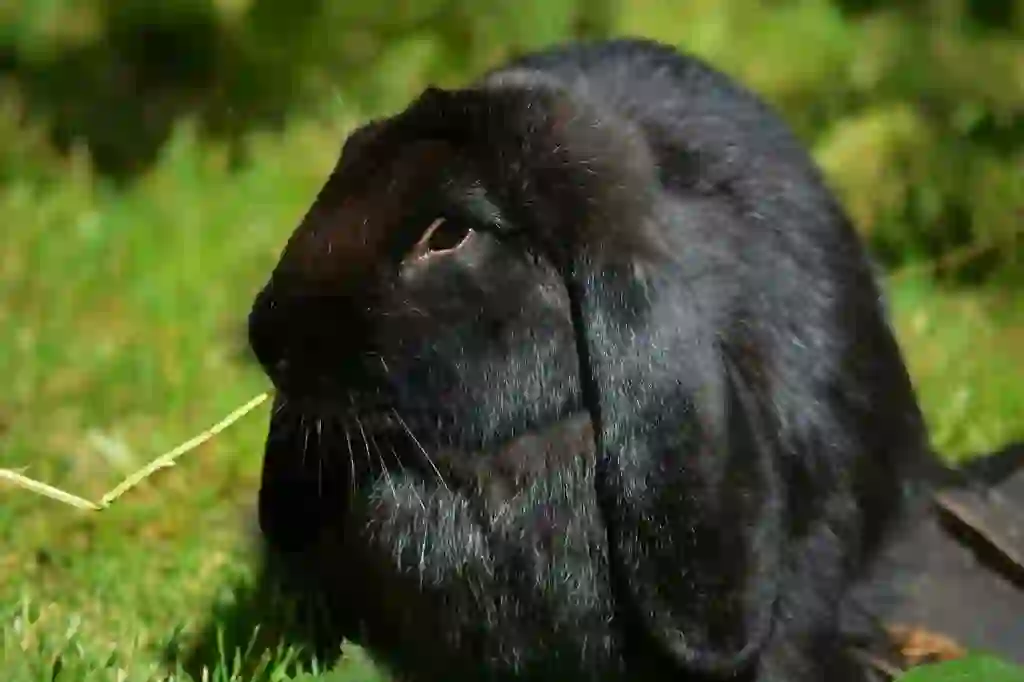
What are the color variations of the French Lop?
・Self (the entire body is almost a single color). Black, Blue, Chocolate, Lilac, Blue-Eyed White, Ruby-Eyed White.
・Shaded (the color of the ears, nose, tail, and feet is dark and gradated). Sable Point, Sable, Smoke Pearl, Seal, Tortoise Black, Tortoise Blue, Tortoise Chocolate, Tortoise Lilac, Frosty Black, Frosty Blue, Frosty Chocolate, Frosty Lilac.
・Agouti (a single hair is divided into three or more colors). Chestnut Agouti, Chocolate Agouti, Chocolate Chinchilla, Chinchilla, Lynx, Opal.
・Broken (the base color is white and there are patches). Broken, Tri-color.
・Ticked (different hair colors are mixed on the body). Steel Black, Steel Blue, Steel Lilac, Steel Chocolate, Silver Fox Black, Steel Sable.
・Wide Band (the hair from the head to the feet is the same color and the hair around the eyes and belly is a different color). Cream, Fawn, Orange, Red.
There are also Brown, Blue-Grey, Ruby Red and Blue.
French Lops are only short-haired breeds.
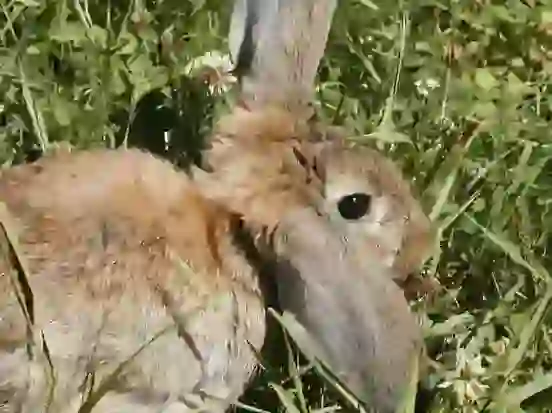
What does the French Lop look like?
"French Lop" is a breed of rabbit that is characterized by a wide head, a short neck, and most notably, droopy ears that are about 40 cm long on a plump and large body. To give you an idea of how big it is, there are individual differences, but it's about the same size as a small dog like a Pug (adult) .
Therefore, some people feel that holding a French Lop is like holding a large stuffed animal or holding a human baby or child. The body shape of French Lop is called "commercial," and its fur is thick and fluffy with a glossy rollback. By the way, the ideal length of hair is about 3.2 cm overall .
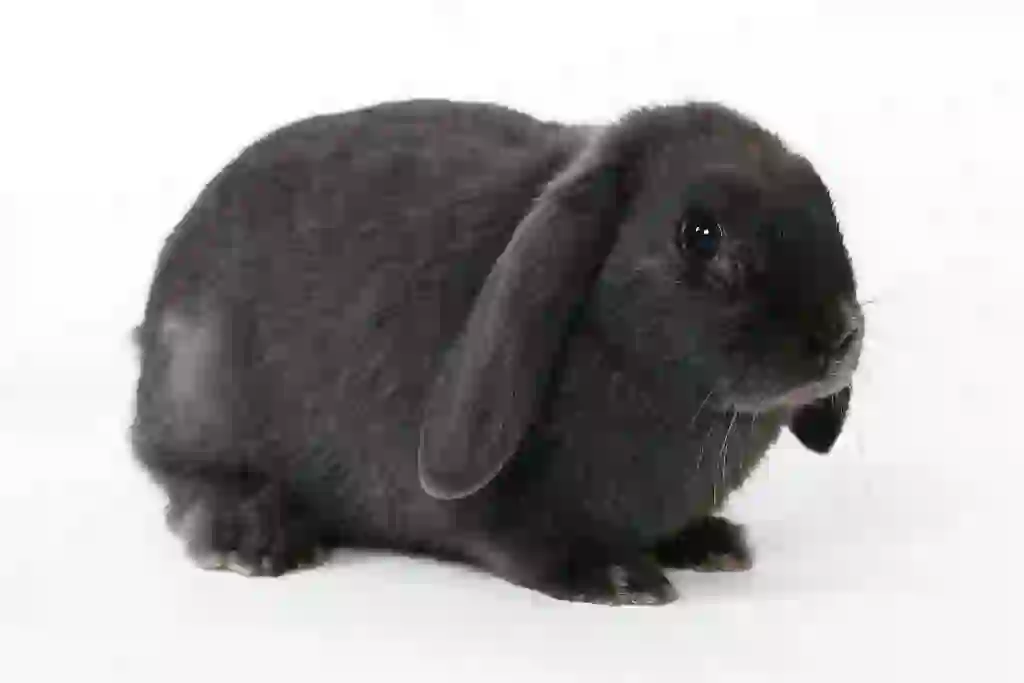
How big can a French Lop grow?
As mentioned in the basic information, the French Lop, a large breed of rabbit, grows to a weight of about 5 kg or more when it reaches adulthood. However, there are individual differences, and there are cases where they have grown to nearly 10 kg.
It is unclear whether this is considered obese or not, and it cannot be determined without consulting an animal hospital. However, when you consider that 10 kg is about the same weight as a one-year-old boy, you can see that it has grown quite large.
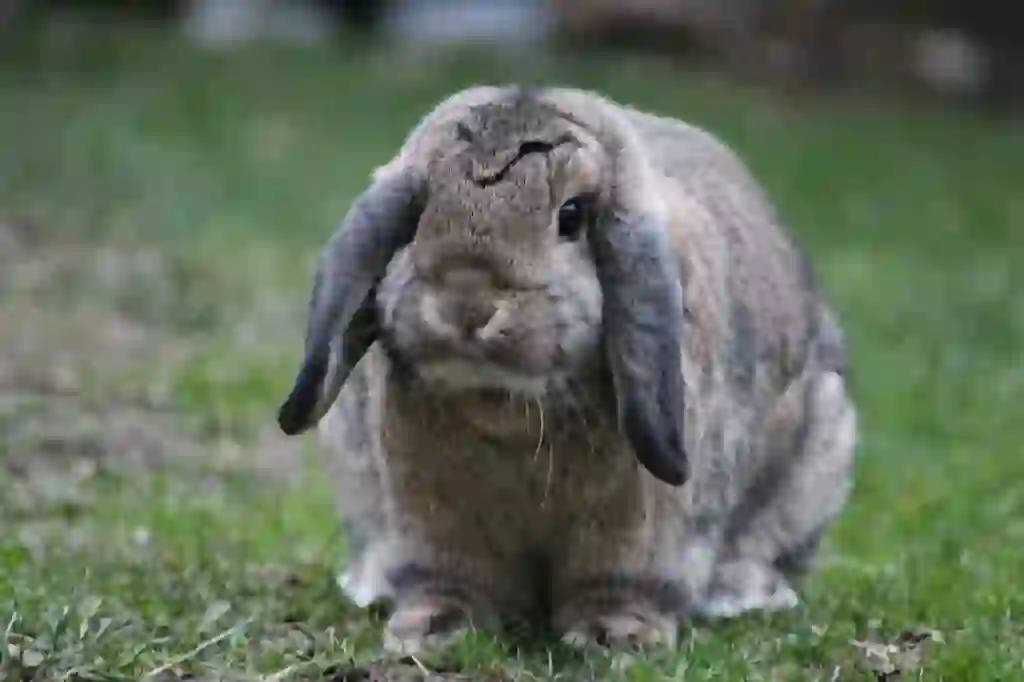
How much does it take to buy a French Lop?
When keeping animals, it is necessary to follow the laws established by each country. This time, I will talk about keeping French Lops at home in Japan. It costs approximately 60,000 to 100,000 yen. The circulation of French Lops is low, so the price is slightly higher than that of other rabbits.
In addition, rabbits that have the potential to win at rabbit shows are called “show types,” while rabbits that are suitable for keeping at home without any problems are called “pet types.” However, if you want a show type French Lop, it may be a little more expensive.
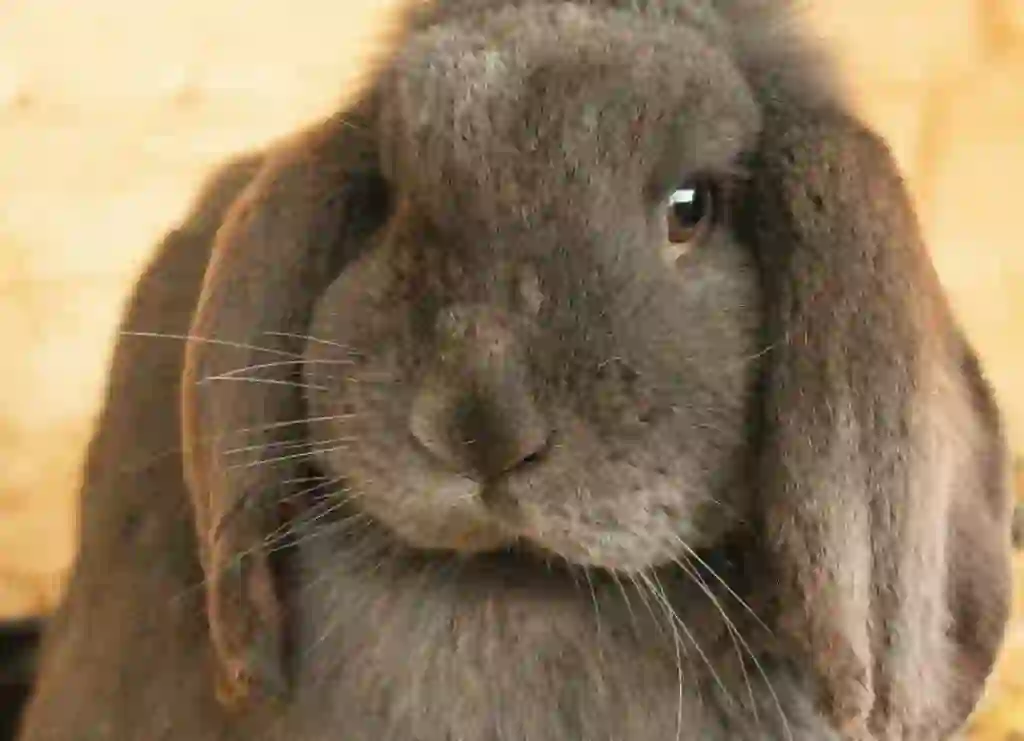
I want to know more about the personality of the French Lop!
"French Lops" are generally gentle and friendly in nature, making them easy to get along with for their owners and a suitable breed for beginners in rabbit breeding. However, because they have a large body, they have strong kicking and biting power, and when grooming, such as brushing and nail clipping, they may need to be held, so some people may need a little strength.
Lop-eared rabbits are relatively calm, so it is possible to live with other breeds or keep multiple rabbits. However, because even one French Lop requires a large living space, it is rare to keep multiple rabbits. It is better to remember that they have such a temperament.
Because of their heavy weight, the soles of their feet may be more stressed on slippery floors such as flooring. It is best to lay carpets or mats if possible.
For French Lops with large bodies, training from an early age is very important.
Mischievous behavior such as mischief and destructive behavior after growing up or urinating everywhere can be very difficult to clean up.
If you allow them to misbehave a little because they are cute, you will regret it later. Therefore, sometimes it is necessary to be strict and teach them the rules.
Large breeds can become obese if kept indoors only and lack exercise. Therefore, it is recommended to take them for a walk (walking outside with a leash on the rabbit's body) occasionally to prevent obesity.
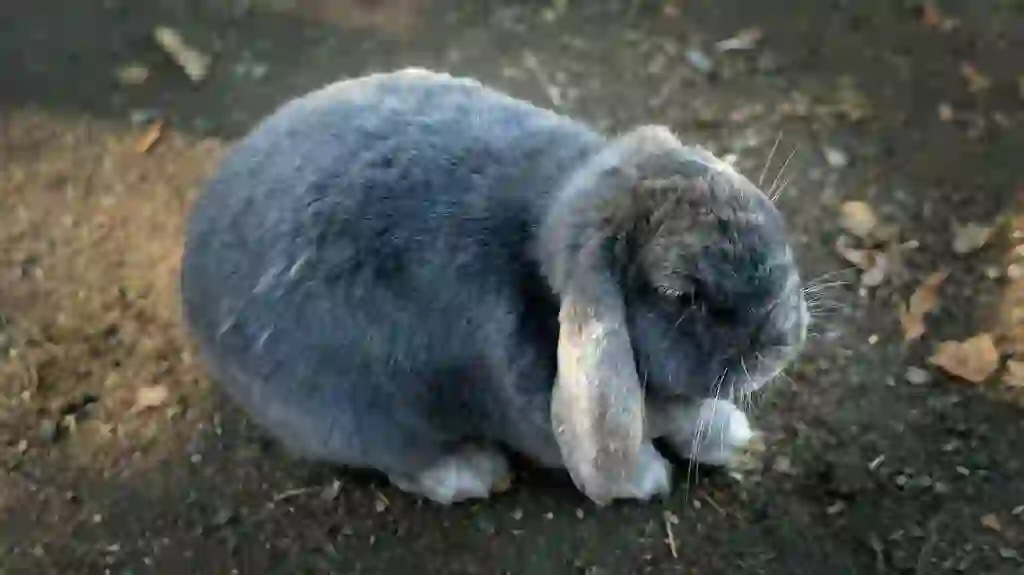
What are the diseases that French Lop is susceptible to?
"French Lops" are susceptible to diseases such as "Rabbit Gastrointestinal Syndrome (RGIS)", "otitis media", "malocclusion", and "sore hocks".
It used to be called "hairball disease." After grooming, rabbits may accidentally swallow loose hair. If the hair comes out with feces, there is no problem, but if a large amount of hair clogs the digestive tract, it can cause loss of appetite or inability to defecate.
At that time, it was called hairball disease because the cause was thought to be hair. However, recent research has shown that it is not only hair that clogs the digestive tract, so it is now called rabbit gastrointestinal syndrome for easy understanding.
This disease is said to be possible in almost all rabbits, but especially in long-haired breeds, it is important for owners to brush them carefully to prevent it.
In addition, it is important to pay attention to feeding them fiber-rich timothy hay, exercise, and giving them enough water to prevent dehydration.
French Lops with droopy ears are prone to moisture accumulation in their ear canals and are also easy to breed. Therefore, frequent care is essential.
If you find symptoms such as itchy ears or pus, it is desirable to take them to the hospital as soon as possible.
Although ear diseases are not directly life-threatening, they can worsen and invade the nervous system, leading to a disease called torticollis, in which the neck tilts.
Since torticollis can lead to the need for nursing care, if you feel any discomfort, please visit an animal hospital without hesitation.
Also, if you are unsure of how to care for your ears and lack confidence, you may be able to consult with an animal hospital as they may teach you how to clean your ears.
Rabbit teeth continue to grow throughout their lives, so they can usually prevent excessive growth of their teeth by eating chew toys and fiber-rich food. However, for some reason, their teeth may not be properly worn down, causing poor bite alignment.
If their teeth are in poor condition, they may lose their appetite or develop diseases such as nasolacrimal duct stenosis. Therefore, if you have any concerns about your rabbit's teeth or eating habits, it is recommended that you consult an animal hospital.
Sore hocks are a skin condition that can occur when rabbits continue to live with a heavy load on their feet. Especially large rabbits like French Lops are prone to sore hocks because of their heavy weight.
If you lay a wooden board or carpet or mat on the floor of the cage, it can reduce the burden on their feet and create a stress-free environment.

What is the lifespan of a French Lop?
According to the source, the lifespan of French Lops is "about 5-10 years", which is about the same as the average lifespan of rabbits.

Would you like to become a part of the 'Animalbook.jp'?
Turn your knowledge into Q&A and share it with the world. ※Publication will be activated after purchase. Let's share information together!
French Lop Type of List

- French Lop
Information
Congratulations! You are the first commenter!

Create Your Favorite List!
French Lop
Save the animals you love! Build your own list to quickly revisit your favorites later.

Would you like to leave a comment?
※Please note: This is for the purchase of rights to post comments within the article.
Find Your Favorites!
Our shop offers a unique and attractive selection of goods themed around various animals.
French Lop References
French Lop Introduction of media used

出典:https://pixabay.com/images/id-669857/

出典:https://pixabay.com/images/id-5961941/

出典:https://pixabay.com/images/id-5961941/

出典:https://pixabay.com/images/id-694919/

出典:https://pixabay.com/images/id-705773/

出典:https://pixabay.com/images/id-4919086/

出典:https://pixabay.com/images/id-1276631/

出典:https://pixabay.com/images/id-73519/
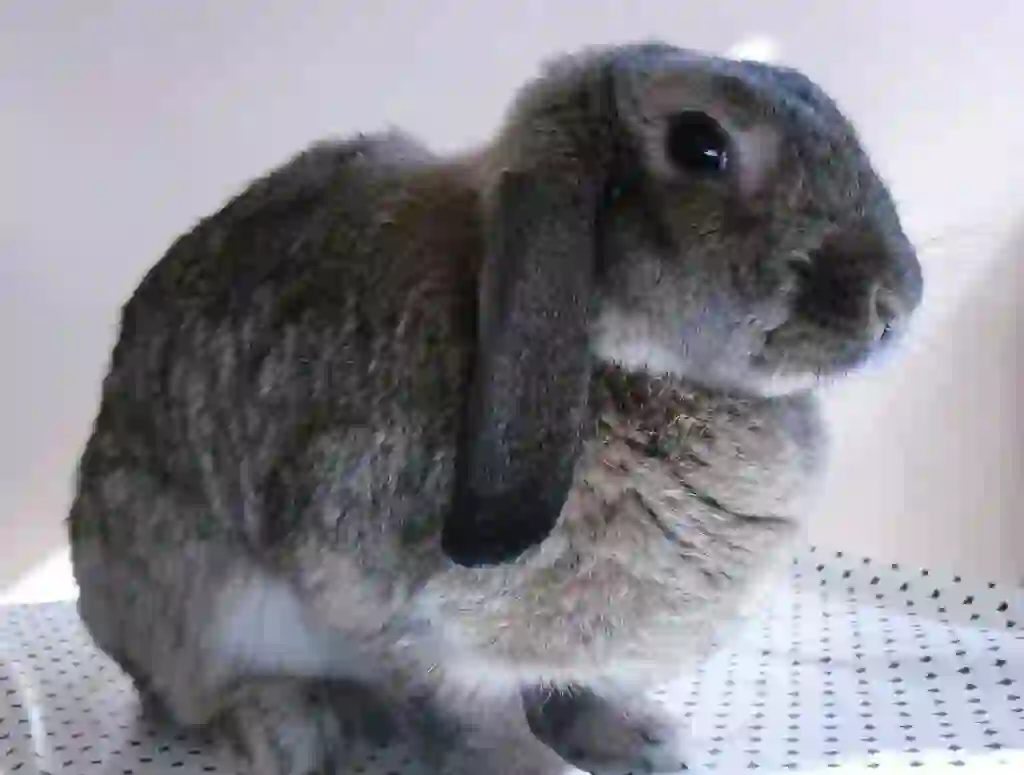
出典:https://pixabay.com/images/id-73520/

Help Enrich Our Animalbook.jp with Your Media!
We are constantly looking to expand and enrich our Animalbook.jp with amazing photos and videos of animals. If you have any media that you'd like to share, please contribute and help us showcase the beauty and diversity of the animal kingdom. Your submissions will be credited and featured in our encyclopedia, reaching a wide audience of animal lovers.


















